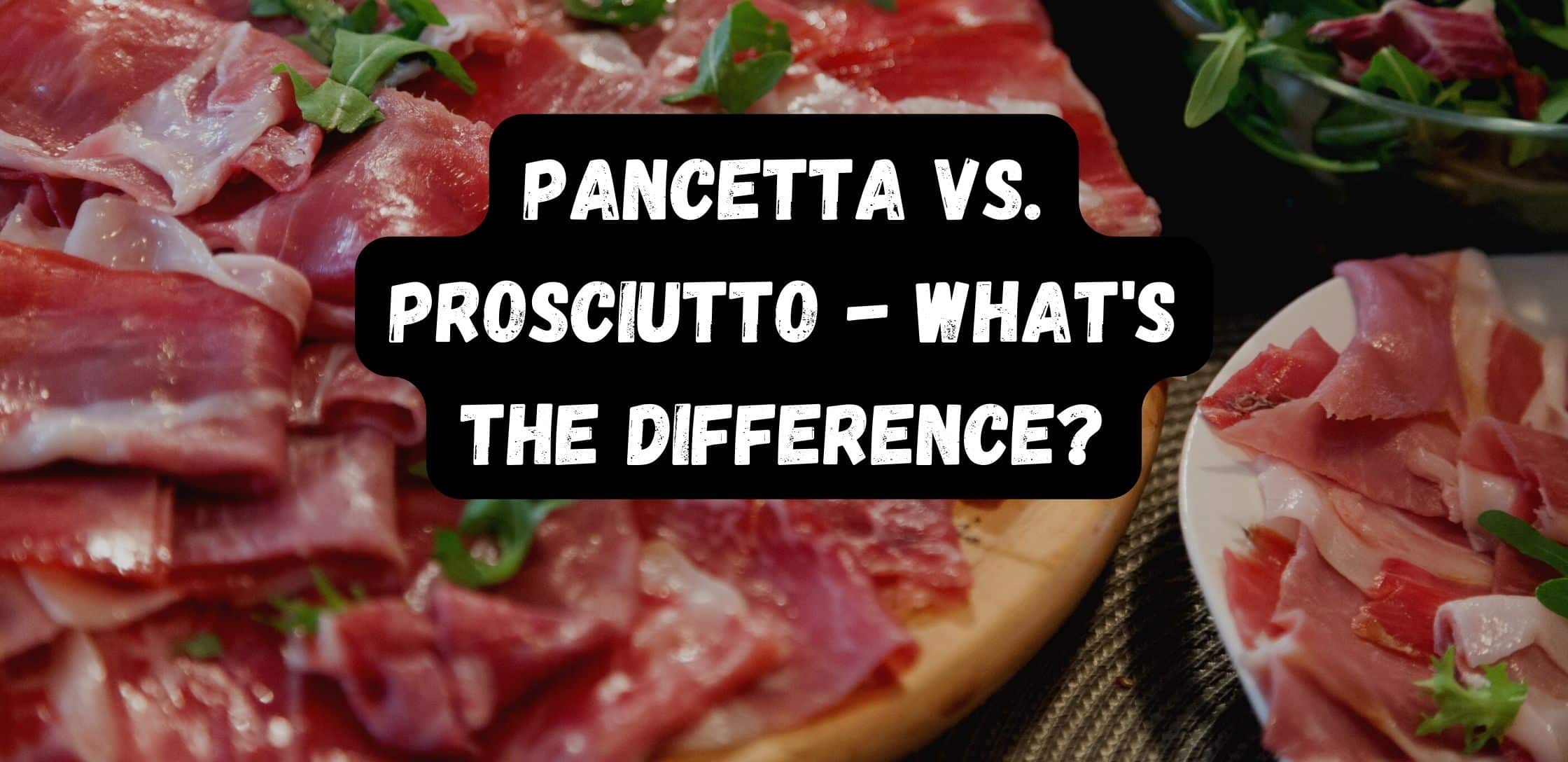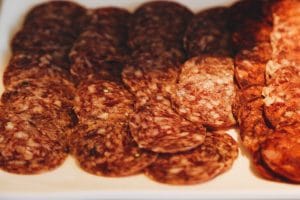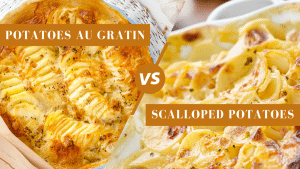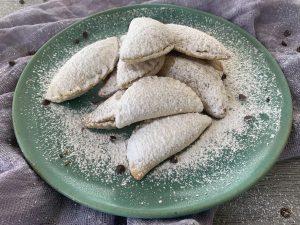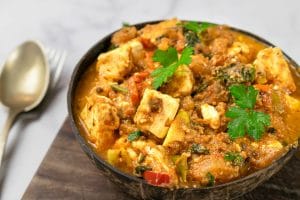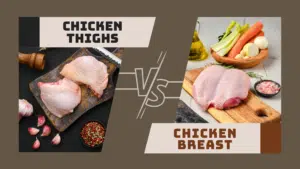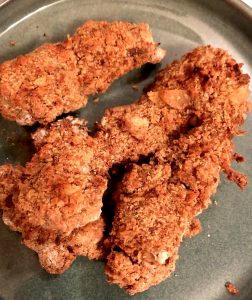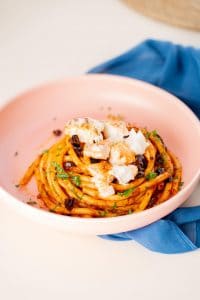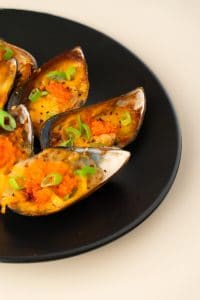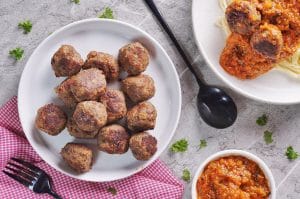Pancetta vs. Prosciutto – What’s The Difference?
Important Note: When you buy through our links, we may earn a commission. As an Amazon Associate we earn from qualifying purchases. Content, pricing, offers and availability are subject to change at any time - more info.
You say pancetta, and I say prosciutto, same thing, or is it? Although both pancetta and prosciutto come from pig’s meat, they are, in fact, very different. They may have similarities and could be substituted for one another, but in the end, they are significantly different, so what are pancetta and prosciutto exactly?
Pancetta is made from pork belly, salt-cured to remove water, and air dried for a few weeks. Prosciutto comes from pork legs that are salt-cured to remove excess water and blood for two months and hung up to dry in cool dark cellars for a period of twelve to twenty-four months.
Although both products are made from pork, they vary vastly in how it’s made to how it tastes. We dissect the two to shed some light on the confusion between these two charcuteries and clearly explain the difference once and for all.
What Are The Differences Between Pancetta Vs. Prosciutto?
Although both these products could easily be mistaken for one another by the inexperienced person but comparing and looking at them side by side, you will start to see what sets the two products apart.
The Appearance
Both types of meat have a distinct look to them and can easily be told apart. The use of red curing salts gives these meats their distinct color, and the longer the meat is cured and aged, the darker the meat will change in color.
Pancetta Look
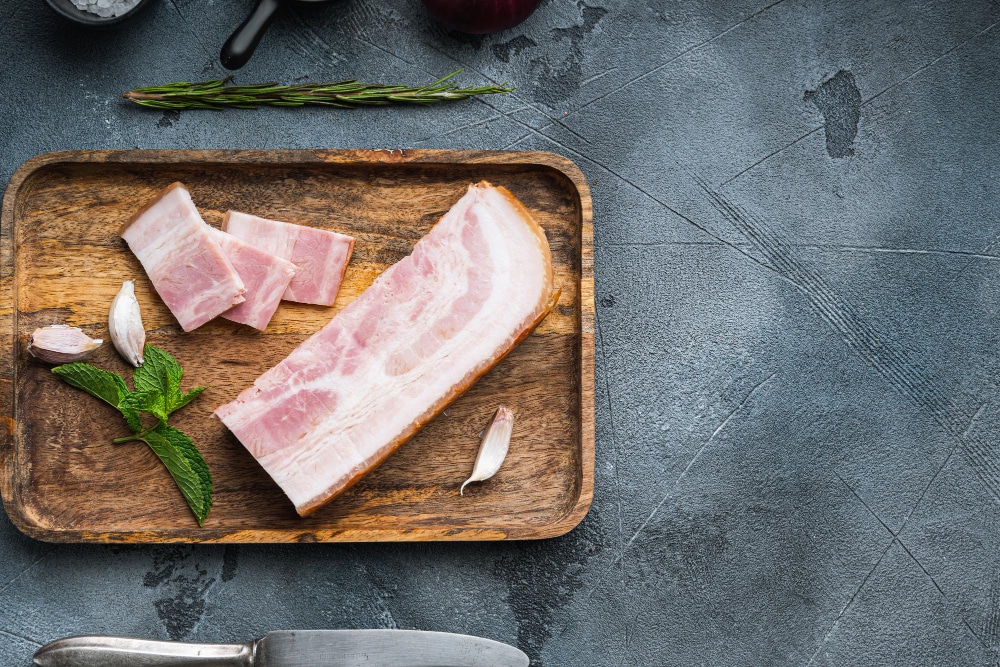
Pancetta can vary from light pink to bright pink depending on how long the meat is left to cure. With rich layers of fat, it is similar to bacon but has not gone through the same smoking process.
In America, it is more commonly sold in cubes, but if you have a good delicatessen nearby, you can buy it in thin slices and enjoy it as the Italians do.
Found in two forms the rolled (arrotolata) that is thinly sliced and can be eaten raw depending on how long it has aged is often used as a filling on a sandwich or as part of an antipasti dish, and the flat form (stesa) that can be cut into thicker strips, resembling bacon, and eaten grilled or diced and cubed as a component to a dish.
Prosciutto Look

Prosciutto is a bright red, pink meat that inherits its color due to the length of curing. It is sold in thin slices, either pre-packed in thin slices or sliced at the deli counter. Due to its long curing process, prosciutto can safely be eaten raw as part of an antipasto or combined with sweet fruits to combine the salty flavors of the ham with the sweet juicy flavors of melon, fig, and mango.
The Flavor
Although both of these cuts are from pork, their flavors are quite distinct and used in different dishes for different taste notes and accompaniment textures.
Pancetta Taste
Describing the taste of pancetta, it is similar to that of bacon without the smoky undertones, but it has a much deeper and sharper flavor without overpowering the taste of the food.
Prosciutto Taste
On the other hand, prosciutto has a dense, rich, salty flavor with a buttery mouth feel, with undertones of nutty, sweet flavors that pair exceptionally well with fruits.
Which Section Is It From
Does it matter where it’s cut from? Although both are cut from a different section of the pig, the addition or lack of fat can change the taste notes of these products.
Pancetta Cut
Pancetta is a cut taken from the belly of the pig, where there is a good portion of fat and salt-cured for about three months with a mix of spices such as salt, pepper, dill, and garlic where it is air dried.
Prosciutto Cut
Prosciutto is a much longer process and, according to regulations, is only cured with salt. The portions are taken from the hind leg of a pig; it is rested for a few months, covered with salt to remove excess water and blood, before it is hung up in climate-controlled rooms to naturally air dry.
The length of curing depends on the size of the leg, but it is cured for a minimum of twelve months to twenty-four months.
It has a dense and tough texture due to the curing and would be tough to eat if we’re not cut into paper-thin slices.
How Is Pancetta Made Vs. Prosciutto?
When you look at the difference in how both hams are cured, you can start to appreciate the difference in taste, and the reason prosciutto is so expensive.
How Pancetta Is Made
Step #1: The pork belly is seasoned with salt, pepper, coriander, fennel seeds, and other secret ingredients that each charcuterie house uses to make its pancetta stand out from the rest.
Step #2: it is then placed in fridges for seven to ten days to allow the salt to draw moisture and blood out, giving it a chance to firm up.
Step #3: After the time in the fridges, the meat is washed and brushed to remove the curing seasonings, then re-seasoned with a crust of cracked black pepper or other spices.
Step #4: Now it’s time to tightly roll the pork belly for an arrotolata, and place the roll into a casing bound at one-inch intervals with a butcher’s twin to allow the meat to take and hold its shape while the curing process starts.
It can also be left as a stesa, a flat block of pork belly to easily cut strips for grilling or dicing.
Step #5: The cured pancetta pieces are then hung up like salami in a cool, dry place to cure for about four weeks to three months.
How Prosciutto Is Made
Step #1: Made from the hind leg of pork that is not younger than nine months, the legs are heavily salted with sea salt on the skin and dry salt for the muscular section, after which they are refrigerated for a week to remove moisture and blood at 34°F to 39°F in conditions of 80% humidity.
Step #2: After a week, the leg is salted again and hung in the refrigerators for a further two to three months to allow the salt to be fully absorbed through the meat.
Step #3: After a few months, the pork leg is washed, brushing all the excess salts off, and hung again for a few days to allow the skin to dry.
Step #4: After almost four months, the leg is now ready to be hung at room temperature to begin the drying and hardening. A rub of lard and salt is used over the leg to avoid the meat drying out too quickly.
Step #5: Now, the pork legs are ready to be transferred to a cellar with less air and light to allow them to cure completely for a minimum period of nine months. Depending on the size, some of the legs will spend up to two years curing. For ham to be deemed prosciutto di parma, by law, it must be cured for a minimum of four hundred days from the first day of salting.
Step #6: After the ham goes through strict quality control by inspectors, the ham is branded and ready for shipment for consumption.
Pancetta Vs. Prosciutto: A Comparison
These meats have similarities, but they also have gaping differences, making them ideal for different purposes.
The Similarities
- Both are originally from Italy.
- They are both made from pork.
- They can both be eaten raw. When eating pancetta raw, it is generally the rolled, thinly sliced version that is cured, making it safe to eat raw.
- They both become crispy if fried.
- Both can be used in antipasto dishes and salads.
The Differences
- Pancetta is made for the belly, while prosciutto comes from the hind leg.
- Pancetta has a higher content of fat at 39g/100g, where prosciutto is 17g/100g.
- You can render the fat in pancetta for added depth and flavor to dishes.
- Pancetta can easily be used as a substitute for bacon recipes, and prosciutto should not.
- Pancetta can be cut into thin or thick slices, whereas prosciutto is much tougher meat due to the curing process and should be cut paper thin.
- Pancetta translated is bacon, prosciutto translated refers to ham.
Which Is Saltier: Pancetta Or Prosciutto?
Prosciutto is the saltier version of the two due to the curing process. Prosciutto contains 480mg of salt per ounce of meat, whereas pancetta contains 312mg of salt per ounce of meat.
So, with prosciutto packing a rich, salty flavor, go easy on the salt in your recipe as the ham will depart some of its saltiness to the taste.
Which Is Better: Pancetta Or Prosciutto?
Choosing between the two types of Italian cured meats does not necessarily make one better than the other. Both have their distinct place in the food industry and serve different purposes.
Pancetta is better for making dishes that would use bacon as an ingredient; they go well in salads or pasta dishes.
On the other hand, prosciutto has a unique flavor that pairs well with sweet fruits like melon or figs and is a favorite served as an antipasto with mild cheese that is not overly salty.
So, each has its special use and purposes and is better in certain categories, not making one better than the other.
Which Is Healthier: Pancetta Or Prosciutto?
Placing the two side by side shows that prosciutto is a healthier version of the two with fewer calories and energy per 100g, but prosciutto does carry a high content of sodium, which can increase the risk factors for heart attacks. Consuming 100g of prosciutto, around five slices, contributes to 26% of your daily allowed salt intake.
| Per 100g serving | Pancetta | Prosciutto |
| Total fats Saturated fat | 39.33g 21.45g | 17.86g 7.14g |
| Cholesterol | 57.21mg | 107.14mg |
| Sodium | 1108.36mg | 1714.29mg |
| Total carbohydrates | 3.58g | 3.57g |
| Protein | 14.30g | 28.57g |
| Energy | 1796kj | 1046kj |
| Calories | 426cal | 250cal |
Different Ways To Use Pancetta Vs. Prosciutto
Pancetta and prosciutto add different flavors and notes to the food they accompany, and this is all due to the curing process that each cut goes through.
Pancetta takes about three months, whereas prosciutto takes up to two years to cure, the taste notes vary quite vastly, and each brings a special flavor as a component to different dishes.
Here are some quick and delicious ideas on how to use pancetta versus prosciutto.
4 Different Ways To Use Pancetta
- Use slices of pancetta to wrap around meat or vegetables and fry them. As the fat renders and becomes crispy, it adds a savory flavor to your dish, which adds a crunchy texture.
- Use diced pancetta as a pizza topping to replace bacon, and you can also fry it beforehand to add a crispy crunch texture to the pizza.
- Render fat from the pancetta in a pan before sautéing base vegetables that add depth to the soups or stews.
- Enjoy some delicious fried cubed pancetta to add a delicious flavor to pasta carbonara.
4 Different Ways To Use Prosciutto
- Use it as a component to build up a delicious sandwich or add to an antipasti board.
- Wrap thin slices around sweet fruits such as melon and figs for a delicious starter, where the ham’s saltiness perfectly complements the fruit’s sweetness.
- Use thin slices of prosciutto to wrap around vegetables such as asparagus or broccoli to add a savory note to chilled veggies or even a warm vegetable side.
- Ask your delicatessen for prosciutto rinds to add to soups, stews, risottos, and broths to build up the flavors and add an umami note to any of your dishes.
Some More Frequently Asked Questions
Here are some more frequently asked questions we get about pancetta and prosciutto.
Can I Substitute Pancetta With Prosciutto
Pancetta has a milder taste than that of prosciutto, with a lot less saltiness to the flavors; if the recipe calls for pancetta, you are better off substituting the pancetta with bacon. Bacon is a closer flavor to that of the pancetta and will add a smoky undertone to your food.
TIP: If you don’t want a smoky undertone, rinse your bacon under running water, then boil the bacon for about three minutes before removing it. Pat dry the meat with paper towels before adding it to the pan or pot.
The Final Analysis
Comparing the two types of Italian cured meats does not give us a clear winner of which one is better, but is left to personal preference according to taste and flavors. If you like a milder taste that is closer to bacon, then pancetta is an ideal choice for pasta dishes and salads.
If you enjoy the more salty, buttery taste and texture of prosciutto, then pairing it with sweet fruits and as part of a platter of cheese and meats is the ideal use for this cut. Whichever you choose, you are sure to add depth and flavor to enhance any recipe.
